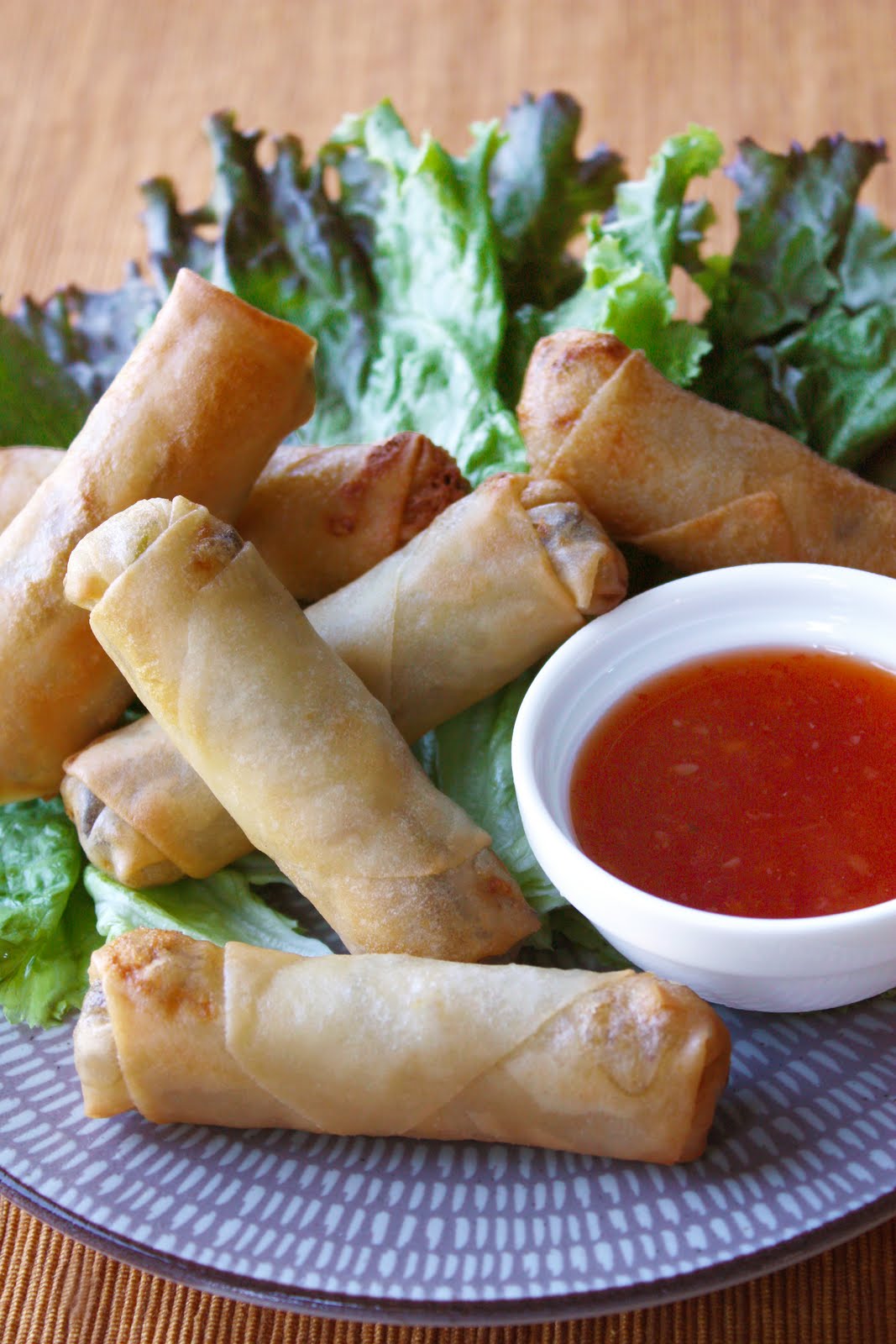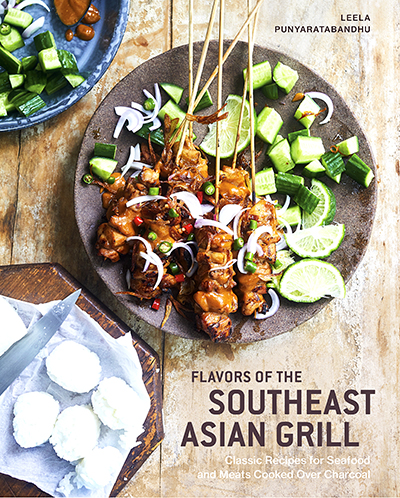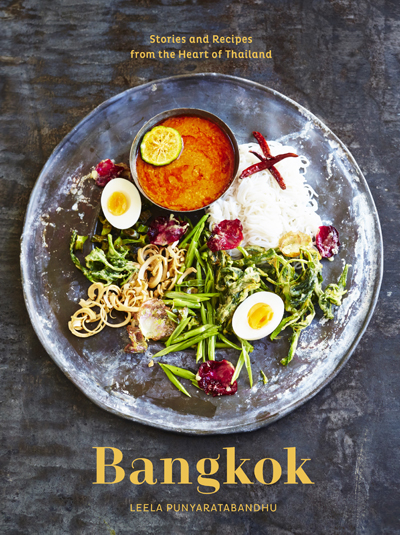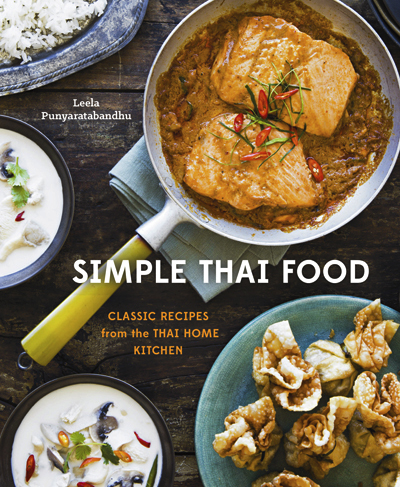
It seems silly to be growing herbs primarily in order to harvest their roots instead of berries, leaves, blossoms, or shoots. But if you’re a serious Thai cook who lives in the United States (or a chef in charge of the Thai menu at one of the world’s hardest restaurants to get into), you know why: supermarket cilantro/coriander comes emasculated. It has been decided on our behalf and without our consent that the roots — the part that we desire as much as the others — are not to be kept. Whatever the reason(s) might be, this is sad and frustrating.
If you’re one of those who live in the areas where cilantro roots are available to you any time, we rejoice with you. Not only do you have at your disposal one of the essential ingredients in Thai cooking, you also enjoy the fact that your cilantro — with all the roots attached — stay fresh longer in the refrigerator.
Not being so fortunate, some of us have to take matters into our own hands. Continue Reading →












